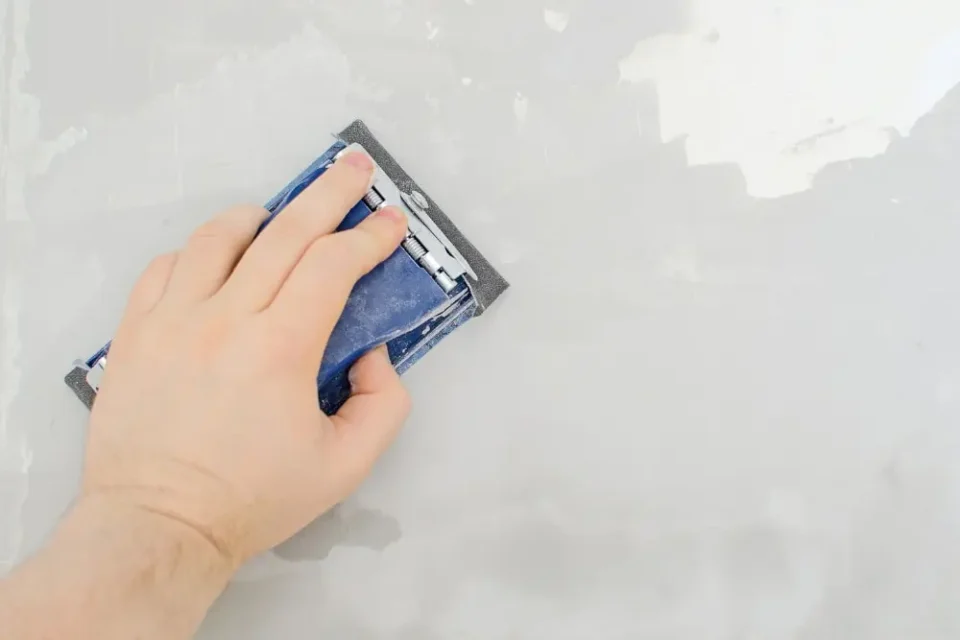Before you can start painting your walls, it’s important to prepare them properly. Proper preparation will ensure that your paint adheres to the walls evenly and looks smooth and flawless. Here are some tips on how to prep your walls for painting.
Clear the Room
The first step in prepping your walls for painting is to clear the room of all furniture, decorations, and fixtures. Cover the floors with drop cloths or plastic sheets to protect them from any drips or spills.
Clean the Walls
Dirt, dust, and grease can prevent paint from adhering to the walls properly, so it’s important to clean them thoroughly before painting. Use a mild detergent and warm water to clean the walls, and rinse them thoroughly with clean water. Allow the walls to dry completely before moving on to the next step.
Repair Any Damage
Inspect the walls for any damage, such as holes, cracks, or dents. Repair any damage with spackle or drywall compound, and allow it to dry completely. Sand the surface smooth with a fine-grit sandpaper, and wipe away any dust with a damp cloth.
Sand the Walls
Sanding the walls will create a rough surface for the paint to adhere to. Use a sanding block or fine-grit sandpaper to sand the walls lightly. Be sure to wipe away any dust with a damp cloth before painting.
Remove Loose Paint
If there is any loose paint on the walls, it’s important to remove it before painting. Use a scraper or putty knife to remove any loose paint, and sand the area smooth. Wipe away any dust with a damp cloth before painting.
Prime the Walls
Priming the walls will create a surface for the paint to adhere to and will help to cover any imperfections in the wall surface. Use a primer that is appropriate for your wall type, such as drywall or plaster. Apply the primer evenly with a roller or brush, and allow it to dry completely before painting.
Mask Off Trim and Fixtures
Use painter’s tape to mask off any trim or fixtures that you don’t want to paint. This will ensure that you have clean lines and prevent paint from getting on surfaces that you don’t want to paint.
Use a Paint Conditioner
Adding a paint conditioner to your paint can help to improve its flow and level out brush strokes. This is especially important if you’re using a high-gloss or semi-gloss paint, which can be difficult to apply evenly.
Use the Right Paint and Supplies
Choosing the right paint and supplies is important for achieving a professional-looking finish. Use a paint that is appropriate for your wall type, and choose high-quality brushes and rollers for a smooth and even application.
Paint in the Right Conditions
Painting in the right conditions can make a big difference in the final result. Avoid painting in high humidity or extreme temperatures, as this can affect the paint’s drying time and adhesion. Choose a day with moderate temperatures and low humidity for the best results.
In conclusion, prepping your walls properly before painting is essential for achieving a flawless finish. Clear the room, clean the walls, repair any damage, sand the walls, remove loose paint, prime the walls, mask off trim and fixtures, use a paint conditioner, choose the right paint and supplies, and paint in the right conditions. By following these tips, you can ensure that your paint adheres to the walls evenly and looks smooth and flawless.

